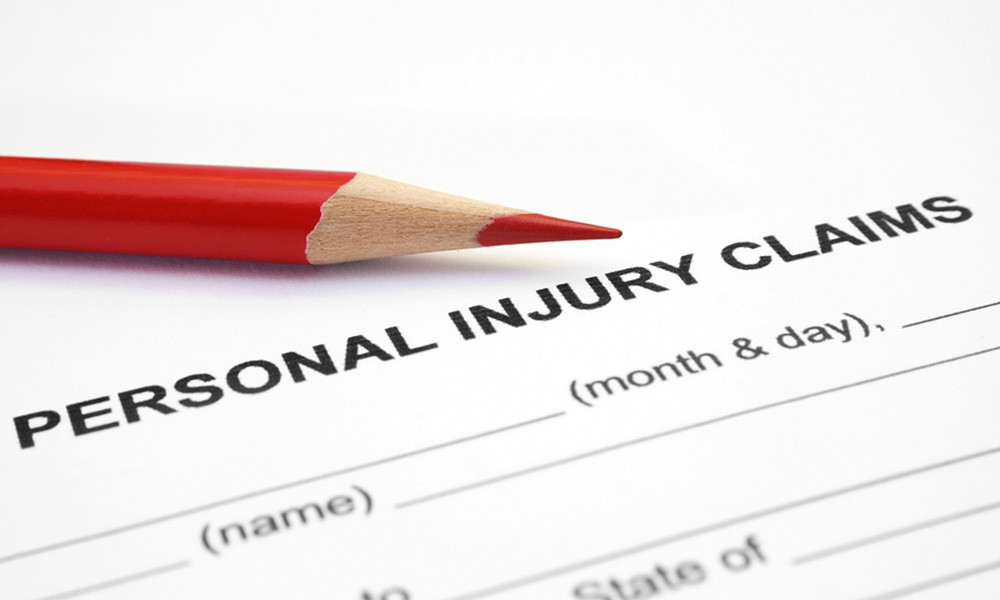When motor vehicles are in potential conflict with other vehicles or with pedestrians because their paths intersect, the legal principle that determines who goes first is called “right of way.” Right of way decides who has the right to use the disputed part of the road first and who is required to wait.
In the state of California, who has the right to proceed first hinges upon where the potential conflict takes place and whether the parties involved are on foot, on horses or bicycles, in motor vehicles, or in emergency vehicles.
At many intersections in California, traffic signals, stop signs, and yield signs are used to indicate explicitly who has the right of way.
When no signs or signals are at an intersection, generally speaking, if two vehicles arrive at the intersection simultaneously, the vehicle on the left should yield the right of way to the vehicle on the right.
However, there are a number of exceptions and complications:
- At defective traffic signals: When a traffic light is out or functioning improperly, a driver must stop before entering the intersection and must wait until it is safe to cross. At a four-way intersection, if two drivers arrive at the intersection simultaneously, the vehicle on the right should go first. At a three-way intersection with a defective traffic signal, a vehicle on the road that ends should yield to vehicles on the road that does not end.
- At a three-way stop: At a three-way intersection with no signs or signals, the vehicle on the road that ends should yield to those on the road that continues. At three-way intersections with stop signs, drivers on the left should yield to drivers on the right.
Of course, California intersections with working traffic signals or with stop signs or yield signs give particular vehicles the right of way, and drivers must do what those signs and signals tell them to do.
When a driver wants to make a left turn, he or she must yield to oncoming traffic. However, once a driver has started making a left turn, any oncoming traffic must yield to the turning vehicle.
WHAT ABOUT PEDESTRIANS AND THE RIGHT OF WAY?
You need to be as alert when you’re walking in Southern California as when you’re driving. Adhere to the old “stop-look-and-listen” rules, look both ways, and cross only at crosswalks. If you walk after dark, wear brightly-colored clothes and bring a flashlight.
Don’t become distracted while walking – it’s as hazardous as distracted driving. Although pedestrians usually have the right of way, in some instances, it’s the pedestrian who must yield.
Wherever two roads intersect and no crosswalk is marked, both drivers and pedestrians should presume that an “unmarked” crosswalk exists. Where there is no marked crosswalk, a pedestrian must yield to traffic.
Pedestrians have a duty to stay alert for their own safety, to not cross in a negligent or dangerous manner, and to not obstruct or stop oncoming traffic. Both drivers and pedestrians must exercise what the law calls “due care.”
ARE THERE ADDITIONAL RIGHT OF WAY REGULATIONS IN CALIFORNIA?
California’s right of way rules also specify what it is that drivers and pedestrians should do in some of the more infrequent or rare traffic circumstances.
When either drivers or pedestrians are trying to cross or enter a road from a location that is not a road – a driveway, an alley, a parking lot, a shoulder, or even an empty field – they must yield to the oncoming traffic until it is safe to enter or cross the road.
Where an intersecting path or road has been marked “Equestrian Crossing,” motorists must yield to horses that are already in the intersection. Horseback riders are obligated to cross the road cautiously.
Where an intersecting path or road has been marked “Equestrian Crossing,” motorists must yield to horses that are already in the intersection. Horseback riders are obligated to cross the road cautiously.
If you are driving and you see or hear an emergency vehicle flashing its lights and/or sounding its siren, you must yield the right of way and pull over to the right side of the road until the emergency vehicle has passed.
Don’t block an intersection when you pull over to the right. If you are driving in a car pool lane, you must exit the lane to allow an emergency vehicle to pass. In this circumstance, a driver may cross double yellow lines.
Pedestrians also must yield to emergency vehicles. When an emergency vehicle is flashing its lights and/or sounding its siren, pedestrians must get to a curb or another safe spot until the vehicle passes. Those who drive emergency vehicles also have a duty to drive cautiously.
If you are driving and you approach an emergency vehicle, a tow truck, or a Cal Trans vehicle that is stationary and the vehicle’s lights are flashing, safely switch lanes so that you’re not in the lane next to the stopped vehicle. If switching lanes isn’t possible or isn’t safe, pass the emergency vehicle slowly and cautiously.
IF YOU ARE INJURED BY A NEGLIGENT DRIVER, WHAT’S YOUR RECOURSE?
Failing to yield the right of way when you are legally obligated to do so is negligent driving. If you are injured in a traffic collision in Southern California with a driver who violated your right of way, after you’ve obtained medical attention, speak at once with an experienced Orange County personal injury attorney.
By filing a personal injury claim, the injured victim of a negligent driver may be reimbursed for all of his or her medical expenses, lost wages, and all other injury and accident-related expenses and losses.
However, after a traffic crash in California, determining which driver had the right of way and which driver was at fault is not always easy.
If a driver receives a traffic citation for running a red light, running a stop sign, or some other failure to yield the right of way, that is strong evidence of negligent driving and strong evidence in support of an accident victim’s personal injury claim. Most cases, however, will be somewhat more complicated.
If you are injured in traffic by a negligent driver in Southern California, let an Orange County personal injury attorney review the details of your accident and injury, gather the evidence, protect your legal rights, and advocate aggressively for justice on your behalf.
The statute of limitations for personal injury cases in California gives those who are injured by negligent drivers two years from the date of the injury to file a personal injury claim.
Don’t wait two years. If you are injured by a negligent driver in California, the wisest thing you can do is to put a good personal injury lawyer on the case immediately.









